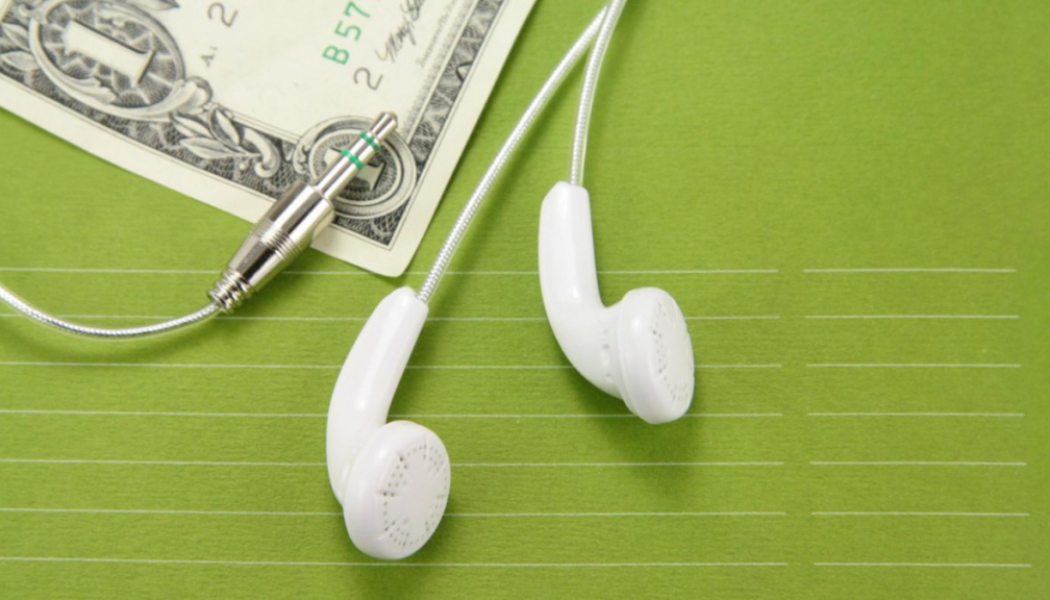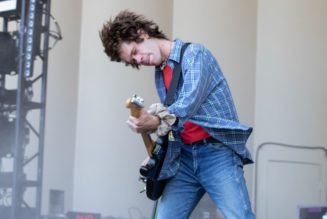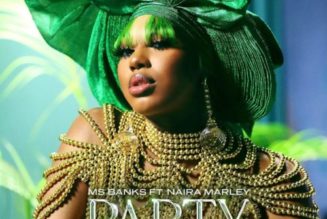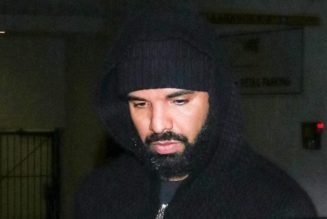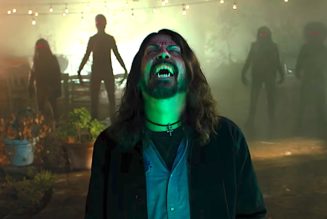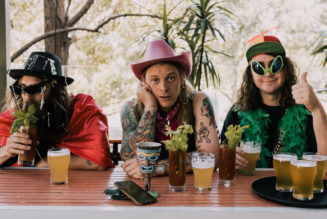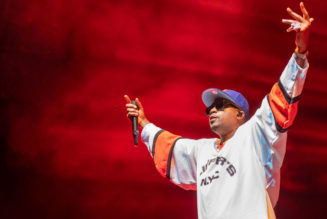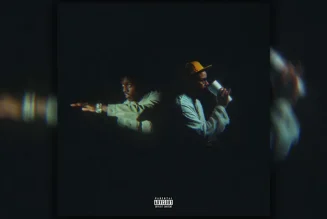
Primary Wave, run by long-time music executive Larry Mestel, may steal the headlines. His company uses billions to buy the music publishing and masters of mega-artists like Fleetwood Mac’s Stevie Nicks, Bob Marley, Prince, and Whitney Houston. But Twitter shaman Jack Dorsey’s recent acquisition of Jay-Z’s streaming service, Tidal, by his company, Square, is equally tantalizing. And it points to something that is bubbling up in the business right now that is still early, but ultimately will build into a huge, new movement of massively monetizing direct artist-fan connection and engagement.
Dorsey’s rationale for buying Tidal is to give artists a direct path to easily transact with their fans (think merchandise, for example), much like retailers use Square to cut out the credit card middleman. Never mind that Dorsey’s more obvious gangster move would have been for Twitter to transform Tidal; Square offers breadcrumbs about where the business is going. NFTs — so-called “non-fungible tokens” — offer more. The chatter that surrounds NFTs – and early experimentation by the likes of artists Grimes (who sold $6 million of limited-edition digital art in one day) and Kings of Leon (who just released their latest album as an NFT) – is justified. NFTs enable entirely new forms of creativity, connection and – here’s the kicker – limited access and exclusivity. That means lucrative new ways for artists to earn a living – directly via their fans.
But let’s go back to Primary Wave. Right now, the opportunity to buy shares of songs – actual ownership and participation in the revenues they produce over time – is essentially available only to large institutions, funds, and wealthy accredited investors. But, the SEC’s relaxation and democratization of the rules of investing a few years back – i.e., opening the door to micro-investing by all consumers in the retail market — has changed all that. Now, all of us – not just the big boys – can buy so-called “fractional ownership” in the songs of artists we love.
Editors’ Picks
Let’s say you are a fan of Grimes. Beyond NFTs, she can now place a song, any song (doesn’t need to be a hit), in the open market on platforms like LA-based company Vezt or Stockholm-based Corite and give us all a chance to buy a tiny share of that song for as little as $50. This is not crowd-funding. This is actual crowd-investing. As in, equity. Mr. Grimes – blockchain maven Elon Musk himself – would be proud. And it is good for both fan and artist. It represents both a new form of collectible and a new form of direct patronage by superfans that is available to mega and emerging artists alike. Any artist with a passionate fan base.
Vezt claims to have completed more than 29,000 transactions via 400 “Initial Song Offerings” or “ISOs” (a clever trademark, by the way), while Corite’s CEO, Mattias Tengblad, tells me his platform has facilitated 100 campaigns (one of which generated 15,000 Euros in just two days). This is how Vezt’s ISOs work. Artists choose what fraction of their songs (it can be one or hundreds) they want to offer to the retail market. CEO Steve Stewart, who formerly managed Stone Temple Pilots, tells me this share can be “as little as 1% of the song’s master, songwriter, or publishing rights.” Next, the company markets those ISOs to fans via the artist’s own social media feeds (pretty clever direct marketing, huh?). Those fans (or anyone, for that matter) register on Vezt’s platform to invest whatever amount they choose and collect their fractional share of royalties expected to be generated by that song over time.
For the artist, these micro-investments effectively function as advances – money they receive today instead of waiting for years to collect. And they can choose the term for those advances that suit them — three, five or ten years — after which time those royalties fully revert back to them. Instant cash, in other words. Cash today to finance their craft. To create. To earn a living.
But there’s more to it than that. Artists also benefit from the sheer excitement generated by this new transformational opportunity for their superfans to quite literally “invest” in their songs and in their craft. Move over Patreon. Now, passionate superfans become passionate super advocates and activists, and their super excitement translates into super enthusiastic social media posts that serve as supercharged direct marketing that benefits the artist in all respects — touring, merchandise, expanded online discovery and engagement (including streaming). In other words, micro-investing opens up an entirely new super halo of overall opportunity for musicians. And here’s the thing. That heightened profile also generates heightened song royalties over time and, therefore, heightened fractional royalty payouts to those superfan investors. Everybody wins!
Editors’ Picks
As if that weren’t enough, there’s even more. Data. Fan investors can, if they wish, opt in to share their emails and other identifiers with the artists in whom they invest to create another entirely new direct artist-fan pathway. Previously invisible fans become visible. Previously unreachable musicians become accessible. Artists can now reach out to their fans directly and offer even more previously unavailable and exclusive opportunities that can be both highly commercial and highly coveted. Money — and memorable keepsakes — that previously were left off the table, are off the table no more.
Ultimately, for many fans, the primary force driving their decision to micro-invest may not be return on investment at all. It may be the direct support they give their favorite artists – and the sheer joy and “bragging rights” that flow from it – which ultimately drive up artist song valuations even further (and can unlock value in great songs that were previously ignored and largely left for dead). I mean, how cool is it to own – actually own – a piece of a song by one of your favorite artists for as little as $50? I’ll answer that question. Super cool!
Expect this direct artist-fan investment opportunity to be massive. I do. And it’s not just limited to digitally driven NFTs, virtual engagement, and patronage. Just like vinyl, very real and very tangible artist-fan patronage and limited-edition collectibles are making a comeback. Now take the next logical step. Just think of the virtual/tangible “combo package” possibilities – where passionate superfans happily pay premium prices to support and get ever-closer to the artists they love in all modes of engagement. I am developing those entirely new kinds of opportunities right now with both major and indie artists. These are packages that superfans will love, but previously were not even possible.
They are coming soon. And it’s just beginning.
Peter Csathy is the Founder and Chairman of CREATV Media (“Creative Media”) and CREATV University (“Creative U”). Subscribe to his FEARLESS MEDIA podcast, sign up for his newsletter, or follow his YouTube channel. He also tweets.
